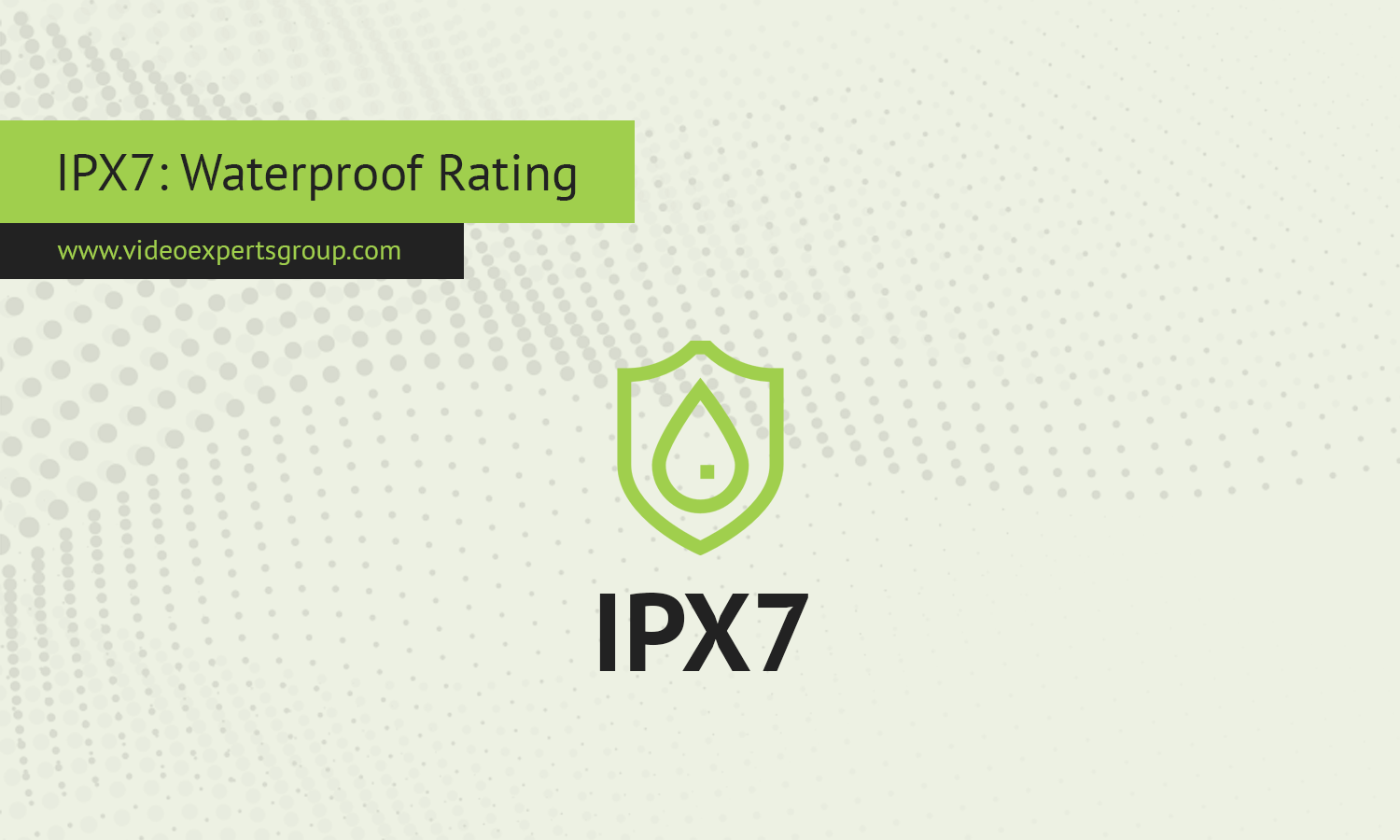When selecting electronic devices that may be exposed to water, it’s essential to understand the different levels of water resistance. One of the common ratings is IPX7, which indicates a significant degree of waterproof protection. This rating is often found on gadgets like smartphones, smartwatches, and outdoor equipment. Understanding IPX7 is crucial when choosing products that may be exposed to rain, splashes, or even temporary submersion in water.
Meaning
IPX7 is a water ingress protection rating under the Ingress Protection (IP) code. The "IP" stands for Ingress Protection, which evaluates a device's resistance to solid objects and water. The "X" means that the rating does not specify protection against solids like dust (it’s not rated for that), and the "7" indicates that the device can withstand temporary immersion in water. Specifically, an IPX7-rated device can be submerged in water up to a depth of 1 meter (about 3.3 feet) for up to 30 minutes without suffering damage. This makes IPX7-rated devices suitable for environments where accidental drops into water or temporary submersion are possible.
IPX Rating Chart
| IPX Rating | Protection Level | Description |
| IPX0 | No protection | No protection against water ingress |
| IPX1 | Drip-proof | Protection against vertical water drops |
| IPX2 | Drip-proof (15-degree tilt) | Protection against water drops when tilted up to 15 degrees |
| IPX3 | Spray-proof | Protection against water spray up to 60 degrees from vertical |
| IPX4 | Splash-proof | Protection against water splashes from any direction |
| IPX5 | Water-jet resistant | Protection against water jets from a 6.3mm nozzle from any direction |
| IPX6 | Powerful water-jet resistant | Protection against more powerful water jets |
| IPX7 | Immersion up to 1 meter | Protection against temporary immersion in water up to 1 meter for 30 minutes |
| IPX8 | Immersion beyond 1 meter | Protection against continuous immersion in water beyond 1 meter, under conditions set by the manufacturer |
| IPX9 | High-pressure, high-temperature water resistant | Protection against high-pressure, high-temperature water jets |
What is the IPX7 Test Procedure?
The IPX7 test procedure is designed to simulate conditions in which a device is temporarily submerged in water. The test ensures that the product can survive immersion without water entering sensitive areas. Here’s how the IPX7 test is conducted:
- Test Setup: The device is placed in its normal operating position, typically with its casing sealed as it would be during regular use.
- Water Depth: The product is submerged in water to a depth of 1 meter (or 3.3 feet). If the device is small, it may be submerged in a container or water tank.
- Duration: The device is kept underwater for a duration of 30 minutes. This ensures that it can handle immersion over an extended period.
- Post-Submersion Check: After the 30-minute test period, the device is removed from the water and examined for any signs of water ingress. It is then tested to ensure that all functionalities, such as electronics, buttons, and ports, work as intended.
- Pass Criteria: To pass the IPX7 test, the device must show no signs of water damage or intrusion. It should operate normally without any malfunction or short circuits.
Requirements
For a device to achieve an IPX7 rating, it must meet specific requirements to ensure its waterproof performance:
-
Sealed Construction: The device must be designed with strong seals around areas where water could enter, such as ports, seams, and buttons. These seals are typically made of rubber or silicone to prevent water from reaching internal components.
-
Waterproof Materials: The outer casing of the device must be made of materials that can resist water without degrading over time. Common materials include water-resistant plastics and metals with protective coatings.
-
Test Compliance: The device must pass rigorous testing as outlined in the IPX7 test procedure. This testing must comply with international standards, such as IEC 60529, which define how the water submersion tests are performed.
-
No Functional Degradation: After submersion, the device must continue to function perfectly. There should be no water leakage into the internal electronics, and no parts of the device should corrode, short-circuit, or degrade due to water exposure.
Devices with an IPX7 rating are designed to withstand temporary submersion in water, making them ideal for use in wet environments or situations where accidental drops into water might occur. However, it's important to note that while IPX7 devices can handle immersion, they are not designed for prolonged underwater use. For example, an IPX7-rated smartwatch can survive being dropped into a pool but isn’t meant for activities like deep-sea diving. For more robust protection, ratings like IPX8 (which covers continuous submersion) are better suited.
















